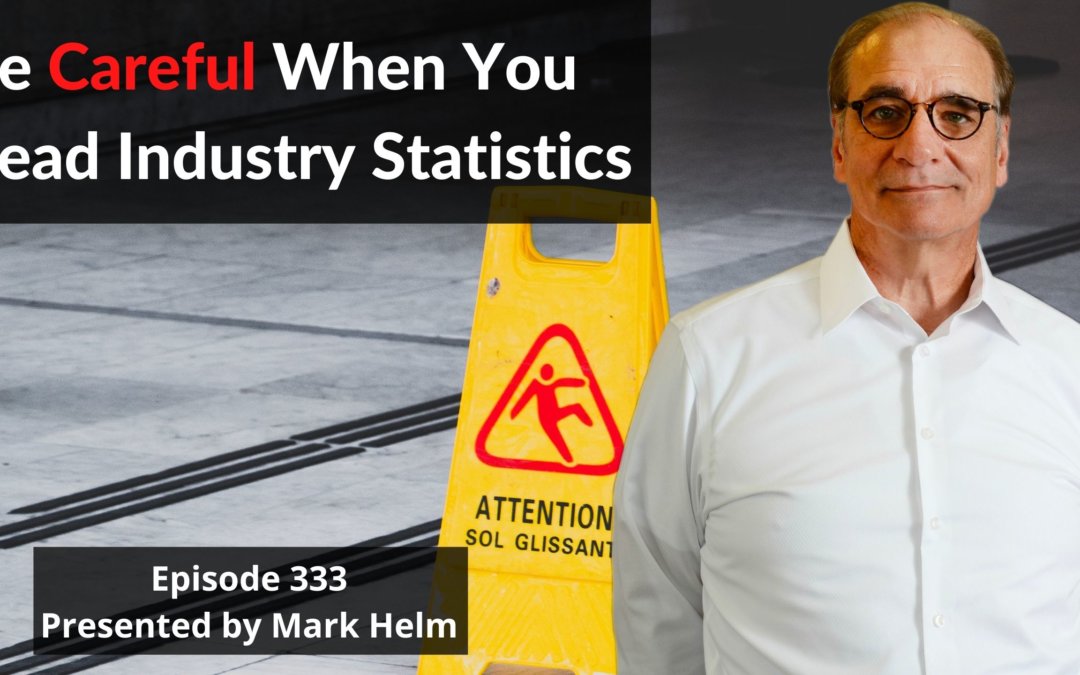Given the tight nature of the self storage market, as small investors, we are searching for any idea, lead, or data point to help us get in or grow our self storage business.
I read the industry papers as they come out. Recently I read the Marcus & Millichap 2022 Self Storage Outlook. It has a lot of good information, and I quoted from it in the last article.
But we need to be careful. If we are going to draw conclusions about where we focus, be clear you don’t necessarily have all the information.
For example, they had a section called Drivers Of Record Rent Growth. Now, assuming all the information in it is true, and I have no reason at this point to doubt it, one just reading it can draw some interesting conclusions.
They had a graph showing the top ten cities for population growth (the major self storage driver). I will just show the top 5, but here is what it showed.
| Top Five Markets By Population Growth 2019-2022 | ||
|---|---|---|
| Market | 3-yr Pop. Est. | 3 yr. Inventory |
| Growth | Est. Growth | |
| Austin | 6% | 9.3% |
| Las Vegas | 5.1% | 16.5% |
| Phoenix | 4.4% | 17.9% |
| Orlando | 4.3% | 12% |
The report did not say one showed a focus on these markets or that these markets were the place for developers to go.
However, I found myself saying, wow, perhaps I should focus here.
But before I started getting too excited, I thought I needed to complete the chart with what population growth represents and what the inventory growth represents.
Now I will be the first to say my numbers are not exact. I used Google and hunted around to get the numbers I needed. Still, I wanted to really see how many people the growth represented, how many square feet the inventory growth represented, and whether or not the growth really created demand.
I am not trying to be exact. I want to see if it was worth drilling down and starting to focus on these markets.
I have used these episodes over the past seven years to share out loud what I have learned (often in almost real-time), mistakes I have made, my approach, and my thinking about the storage industry.
I have learned to not just accept data, but to do further research.
My half-hour of work indicated the following:
| Top Five Markets By Population Growth 2019-2022 | ||||
|---|---|---|---|---|
| Market | 3-yr Pop. Est. | No. of People | 3 yr. Inventory | Sq. Ft. |
| Growth | Growth Represents | Est. Growth | Over/Under | |
| Austin | 6.3% | 130,000 | 9.3% | Estimated SF
Over -772,467 |
| Las Vegas | 5.1% | 144,000 | 16.5% | Estimated SF
Over -955,067 |
| Phoenix | 4.4% | 204,688 | 17.9% | Estimated SF
Over -5 million |
| Orlando | 4.3% | 87,634 | 12% | Estimated SF
Over -1 million |
| Raleigh | 4.3% | 66,521 | 8% | Estimated SF Over -400,000 |
For me, it was a very different picture than my initial takeaway.
Now I am not saying there is no room for further development in Orland or Raleigh. There are most likely trade areas there that could use more inventory.
In fact, in many of these markets, as we will discuss next week, self storage vacancy is very low.
I am using 8 square feet per capita as an estimate. But, in many of these markets or trade areas inside the markets, that does not match what is happening. If there is oversupply in a market, vacancy should be higher. Another reason I am questioning the traditional way of measuring self storage demand.
I think some drivers increase demand and throw traditional equilibrium benchmarks out the window (or at least impact them). We will discuss that next week.
I am just saying, don’t just jump on something and go with it.
It is easy to use statistics for almost any position one has. Be careful and always do further research and question the research method as well. For example, one of the major self storage real estate companies didn’t use new facilities in lease-up in their vacancy calculations for market areas. Only stabilized facilities were used in the calculations for vacancy rates.
One could draw very different conclusions of the market than what is really there.
So use data, but if you can, dig in, question and research the research. But don’t use it as an excuse not to get in self storage. Just do your own critical thinking and research.



